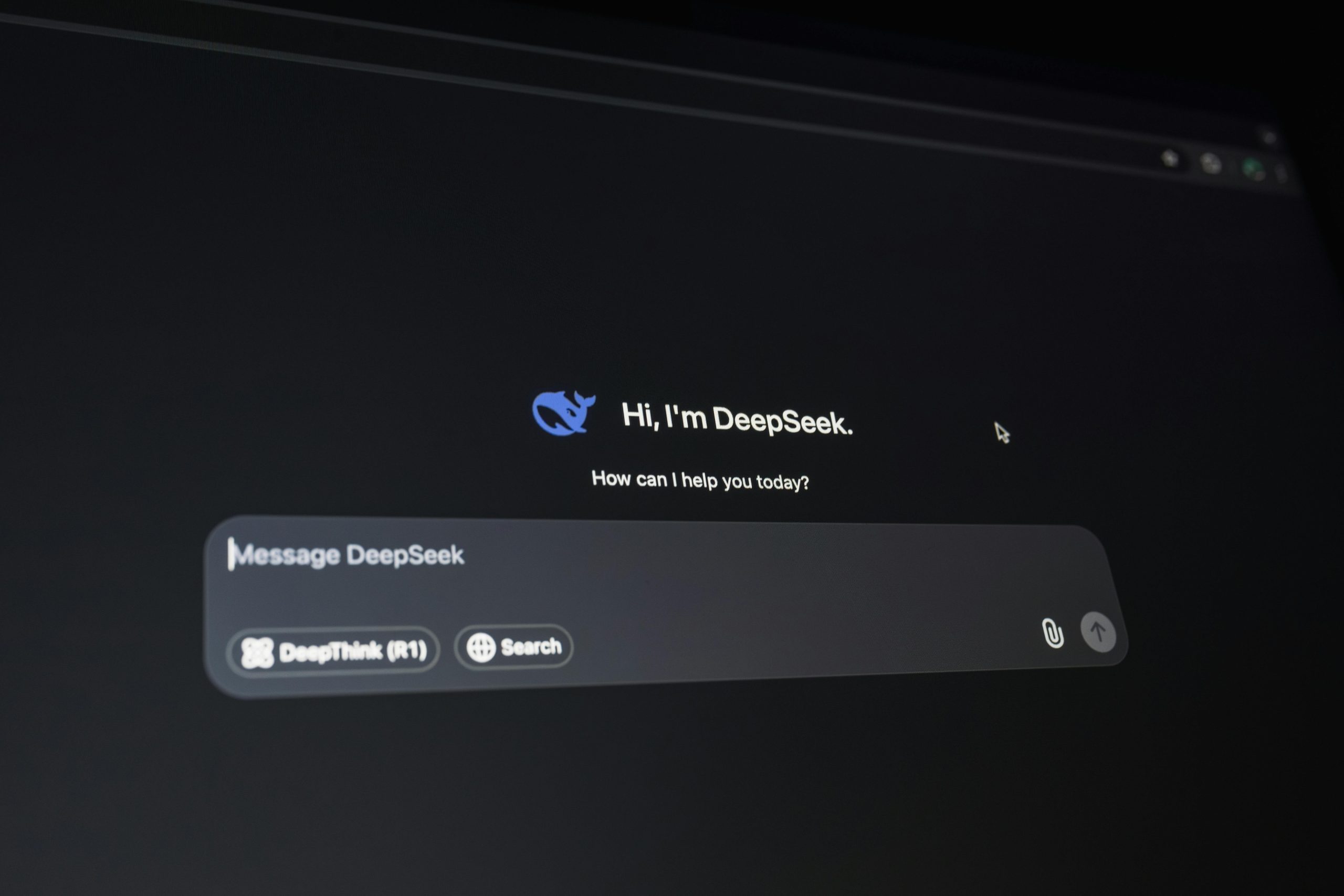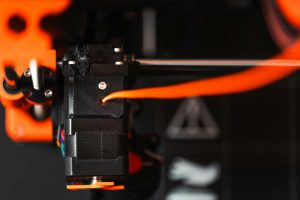Exploring Identity and Action: How the Human Essence Contrasts with Human Doing in the Age of AI
Understanding the Difference: Human Beings vs. Human Doings and Its Implications for AI
In the realm of philosophy and psychology, the distinction between a “human being” and a “human doing” invites a deeper examination of our existence and activities. This conversation becomes even more intriguing when we consider its implications for artificial intelligence (AI).
Exploring “Being” vs. “Doing”
At its core, the concept of a “human being” refers to our existence and essence—the state of simply being alive and aware. This encompasses activities such as thinking, feeling, and experiencing life in various forms, whether we are sitting in contemplation, soundly sleeping, or navigating through daily tasks like driving.
In contrast, the term “human doing” emphasizes the actions we perform, often guided by our environment and responsibilities. This distinction raises an important question: Is the nature of our thinking fundamentally different based on the activities we engage in? When we are involved in different tasks, does our thought process change, or does it remain a constant undercurrent guiding our choices and responses?
The Nature of Meditation
Meditation serves as a prime example of this distinction. Often described as a practice of deep reflection and mindfulness, meditation allows individuals to step back from their constant “doing” and reconnect with their “being.” It provides a structured way to explore our thoughts, emotions, and the present moment. But this brings up another point of inquiry: Can artificial intelligence truly engage in meditation?
AI and the Concept of Meditation
While AI can process vast amounts of data and simulate conversational patterns that resemble human thought, it lacks the intrinsic qualities of consciousness and self-awareness that define a “human being.” AI operates through algorithms and programming but does not possess the subjective experience or emotional depth required to meditate in the way that humans do.
This raises profound questions about the nature of consciousness itself and the limitations of technology. As we continue to develop more advanced AI systems, reflecting on these distinctions may help us define the boundaries of machine intelligence and the unique characteristics that make us inherently human.
Conclusion
As we explore the nuances of what it means to be a “human being” versus a “human doing,” we gain insights into our existence and the challenges posed by technological advancements. Engaging in this philosophical inquiry opens up dialogue not only about our humanity but also the evolving role of AI in our lives. Understanding our essence in the face of relentless doing may be more crucial than ever as we navigate this














Post Comment